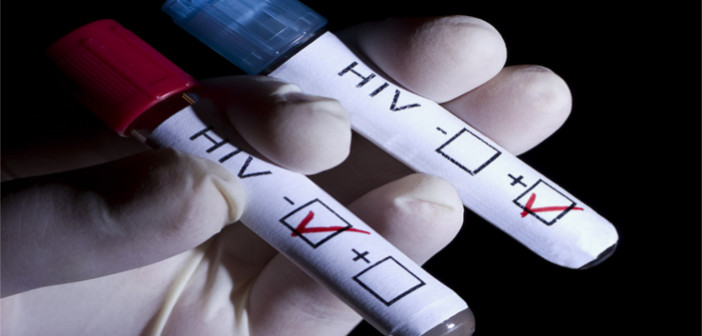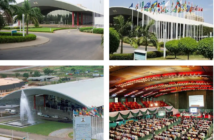By Larry Corey and David Baltimore
In the US, many people speak of “the AIDS crisis” as though it were something that happened and is now over. We do have effective treatments, and increasingly effective means of prevention. They include new, once-a-day pills that are very effective at preventing HIV infection as long as they are taken daily.
So why do scientists like us continue to devote our professional lives to finding means of preventing HIV transmission? Because the HIV/AIDS crisis is anything but over—even here in the United States, even with the tools that are now available.
Alarmingly, a recent analysis by the CDC predicts that half of black gay men and a quarter of Latino gay men will be infected in their lifetimes. While African Americans make up only 12% of the U.S. population, they account for 44% of new HIV infections. Infection rates among black women are persistently higher than other groups. In 2014, more than 5,000 African American women were diagnosed with HIV, compared to fewer than 1,500 new diagnoses among Hispanic/Latino and white women.
Despite a deceptively appealing counter-narrative about the AIDS crisis in decline, in reality the number of people infected with HIV continues to climb year after year. There are now 1.2 million people living with HIV in the United States, and last year that number grew by more than 50,000. Today, nearly 13,000 people who die in the United States each year have AIDS. The lurking aspects of the epidemic are evidenced by sporadic microepidemics. This year 150 cases of HIV occurred within six months in Scott County, Indiana, an area with only one case in the prior two years.
Today’s American HIV/AIDS crisis does look different than it did in the 1980s and 1990s. Effective treatments allow HIV-positive individuals to lead long and productive lives, and pre-exposure prophylaxis, or PrEP, allows HIV-negative individuals at risk to take an antiviral every day to prevent infection. Programs to implement widespread HIV testing with immediate treatment (test and treat) are lowering the overall spread of the infection in affected communities. Such approaches have started to reduce the rate of HIV through the concerted effort of the public health agencies in many of our nation’s communities, including leaders like San Francisco.
These prevention strategies need to be continued; yet there is no precedent to expect such approaches to reduce infections to the levels seen with an effective vaccine. Daily drug regimens and behavioral changes are highly effective for those who can access and afford them and maintain their vigilance, but vaccines remain, in the long run both here in the U.S. and abroad, the most equitable and promising route to ending the health crisis that is the HIV/AIDS epidemic.
Larry Corey is the President, Director Emeritus, Fred Hutchinson Cancer Research Center.
David Baltimore is the President Emeritus, Professor, California Institute of Technology




